Although it was innovative, and although the Wankel-engined NSU Ro80 won Car of the Year in 1968, Pininfarina couldn't help this car.
The NSU Ro80 always shows up at auto museums and at veterans talks, and that's no coincidence. This late 1960s car looked like it came from the future with its weird disc brakes, planetary piston engine and air-split chassis. The exclusivity of the NSU four-door sedan is further emphasized by Pininfarina's bold concept.
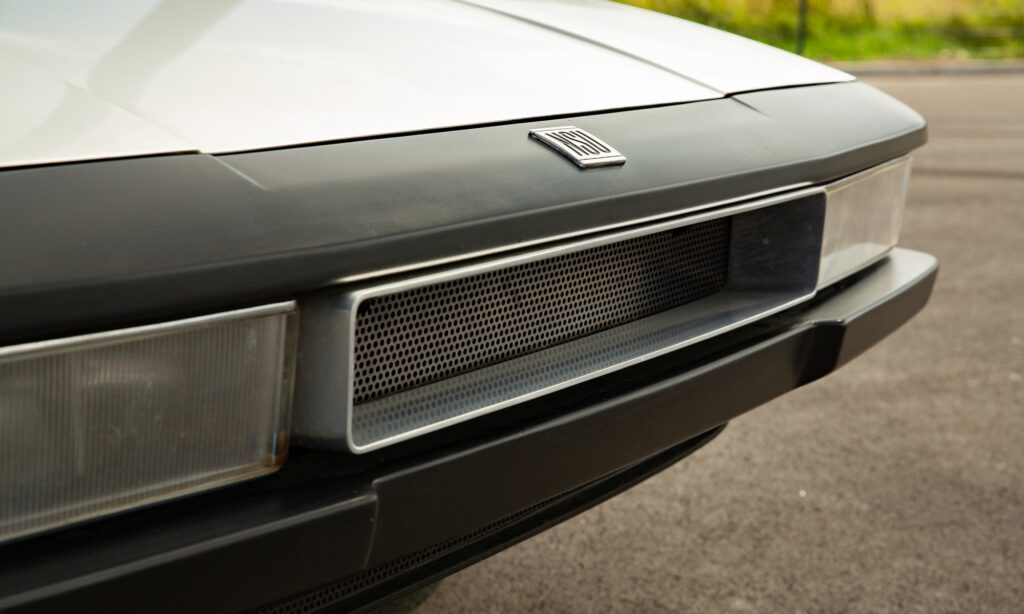
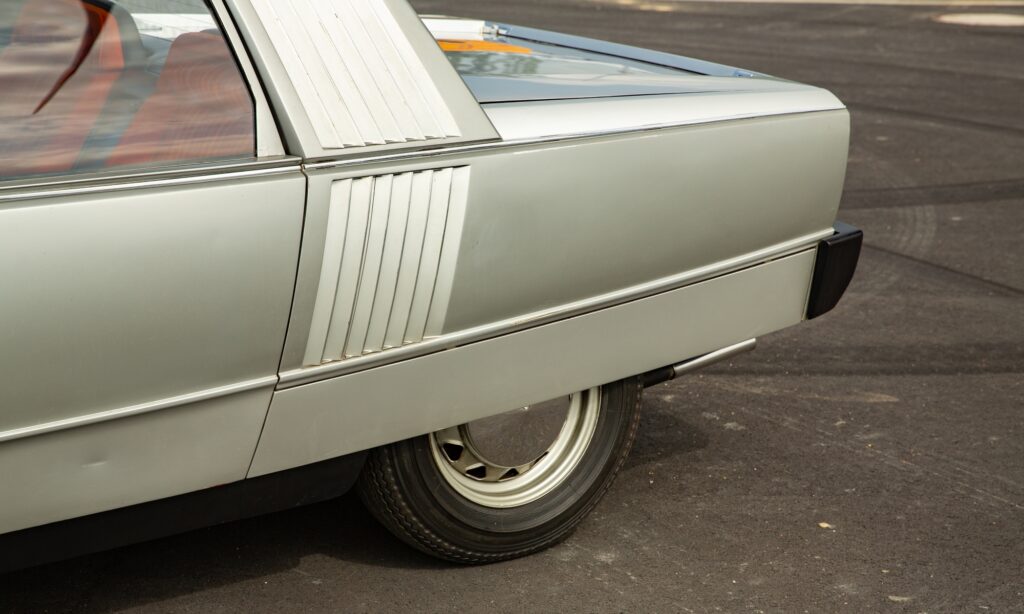
With a drag coefficient of 0.35, the NSU Ro80 is one of the most aerodynamic cars of its time.
Originally, it had a flat, well-flattened nose and barrel-shaped side lines, but Pininfarina had other ideas, so they removed the ruler and iron, properly reshaping the NSU. The radiator grille with a silver frame stands out from the black nose, and the headlights are rectangular. The front of the car rises like a boat, followed by the cabin and the long trunk lid, with a rear window that suddenly breaks between the two.
Its two-tone gray paint only plays on the bold design, as do the air inlets running under the rear roof pillar, which aren't needed much given the Ro80 engine is up front. Design isn't always about function, which is how they captured the public's attention at the 1972 Brussels Motor Show. According to Pininfarina's press release at the time, the local crowd in Turin loved them. This car certainly still looks very futuristic, even though it is a far cry from the early 1970s.
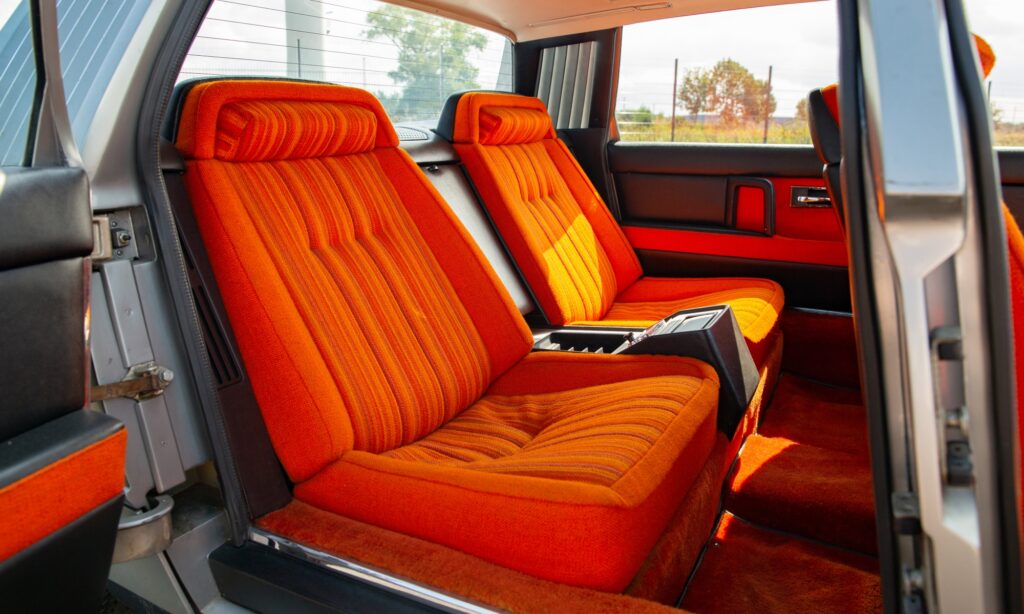
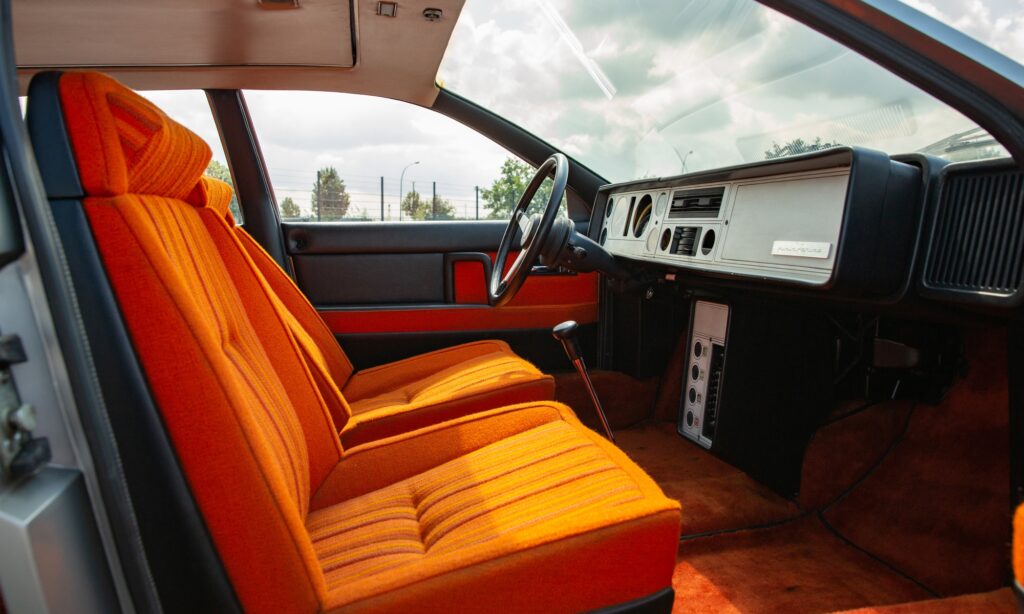
The Pininfarina NSU Ro80 2 Porte +2 is no longer a sedan, but it is not yet a coupe.
Its elegant side lines have no handles, so the doors are almost invisible. The front ones open conventionally, and the rear ones open back, as in Rolls-Royce limousines. It is no coincidence that there is a drop in the trunk lid, the reason for this is that the Pininfarina NSU Ro80 had a huge opening roof panel, which had to be replaced. The experience with this solution is almost transferable. The instrument panel protruding from the aircraft with silver inserts blends perfectly with the radiator grille.
It differed somewhat from the original sedan in that the main role was given to the comfort of the front passengers, but the cabin with seats covered in orange fabric and a radio that can be controlled from the rear is much more than a simple 2+2-seater coupe. In its original form, the Ro80's passenger cabin is more modest and boring, but Pininfarina's study car has really elevated it to the level of luxury.
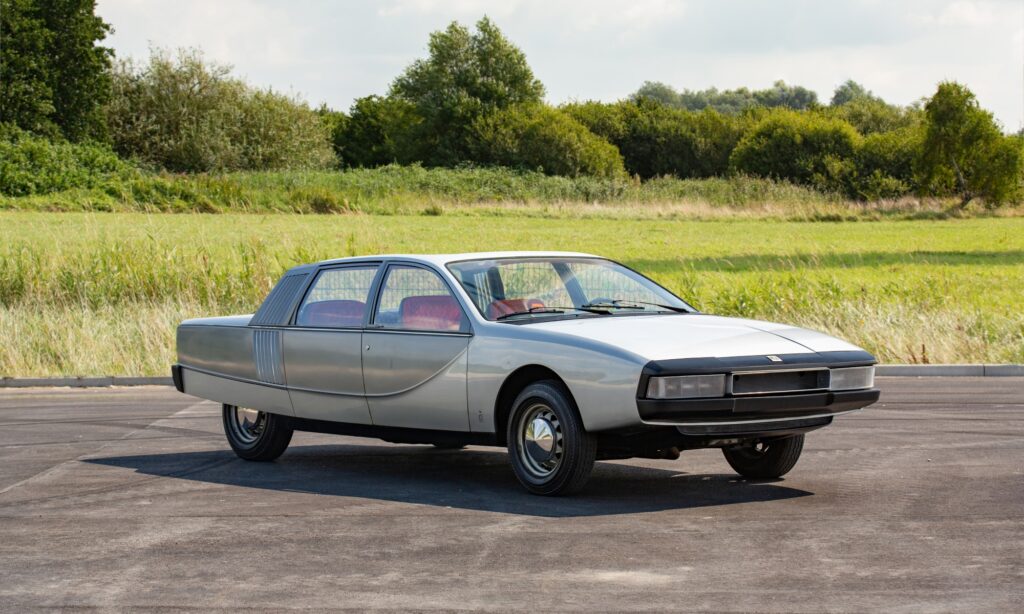
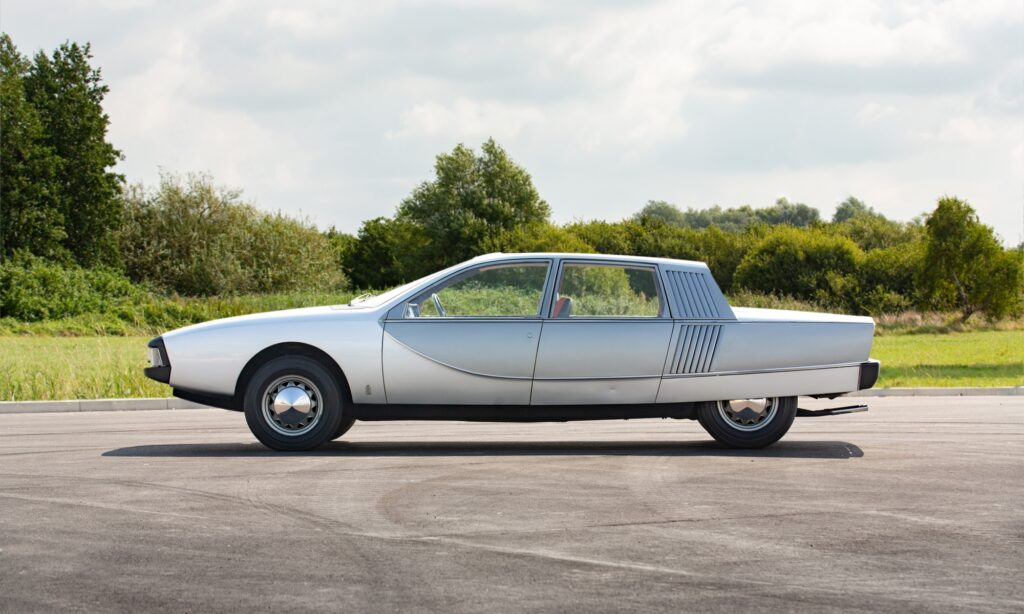
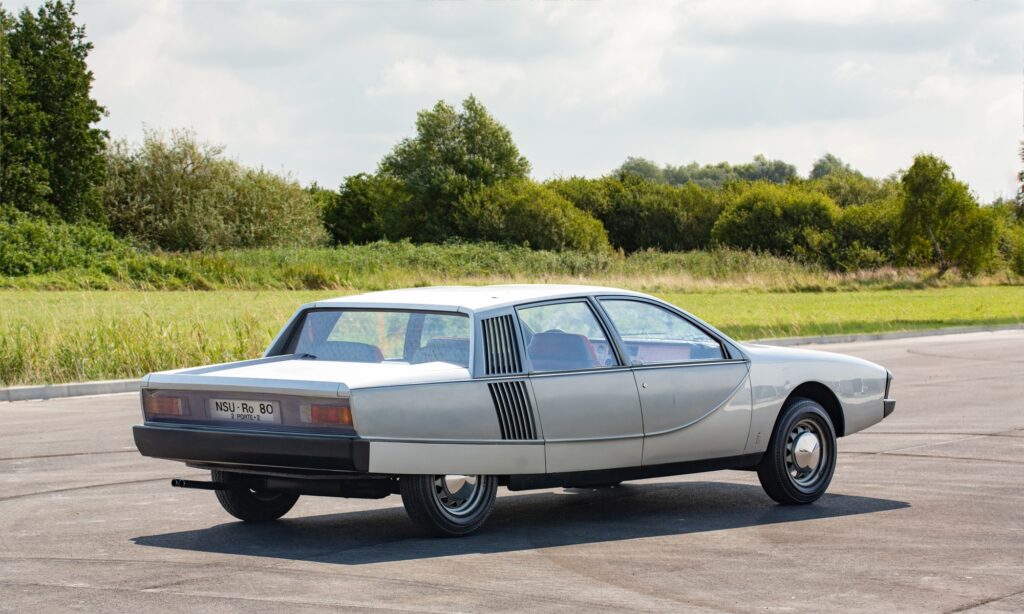
In fact, it didn't take Pininfarina to get everyone excited about the NSU Ro80.
With the Ro80, Klaus Loth was years ahead of everyone, including Mercedes and BMW, since aerodynamic bodywork and flat glass surfaces were not common elements on cars in the late 1960s. In addition, the artistic content of NSU is also full of interesting things, with the dual-disc Wankel drive right in the forefront. They were small, but unreliable and, more than anything, guzzled petrol, so even before the oil crisis, the NSU Ro80 wasn't really able to work. As with the Rover SD1 years later, the Car of the Year award didn't help either.
Behind the four wheels is an independent suspension, with MacPherson struts up front and wishbones at the rear. The NSU is slowed down by four disc brakes, which are not located directly behind the rims, but on the inside (inboard). The three-speed gearbox is shifted according to the traditional scheme, but there is no clutch pedal, and the clutch is operated by a vacuum system when shifting.
Many cars needed engine repair before 50,000 km, but problems began to appear shortly after 20,000 km. On this car, the flange seals on top of the rotors are just as annoying as they are on the Mazda RX-8 for example. The Wankel-engined Citroën also died for similar reasons.
Although they solved a lot of problems and provided generous guarantees, NSU did not survive the Ro80 failure. The company was purchased by Volkswagen in 1969 and then merged into Auto Union, giving birth to the Audi brand. It is no coincidence that the Pininfarina-designed NSU Ro80 also graced the Ingolstad Museum for a long time.
You may also be interested in:






